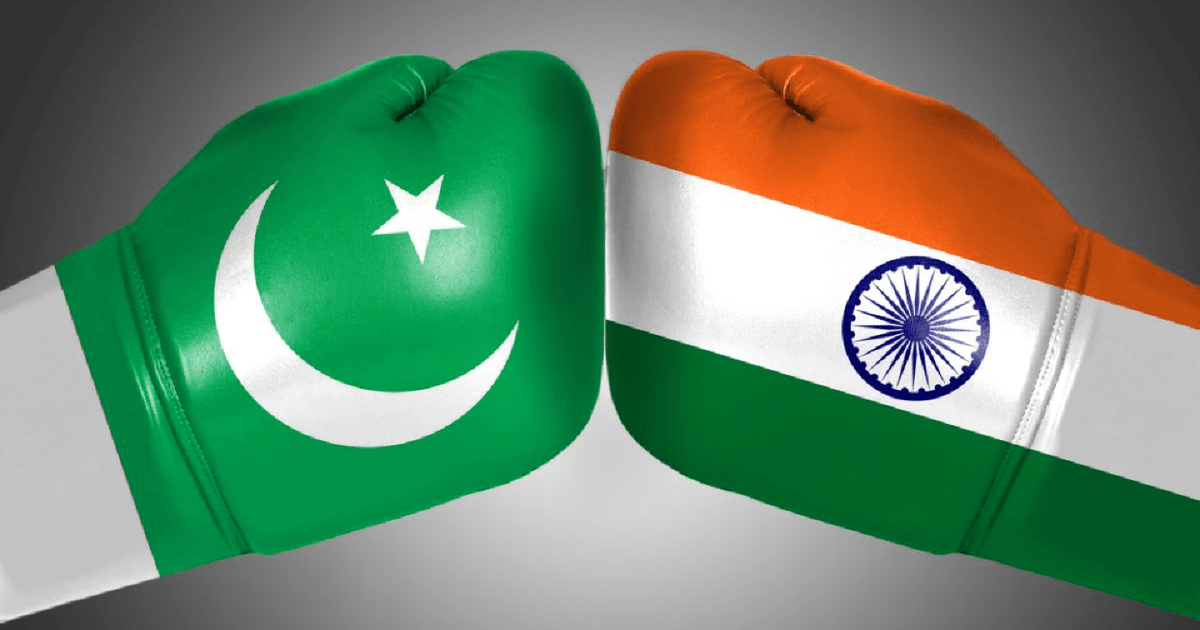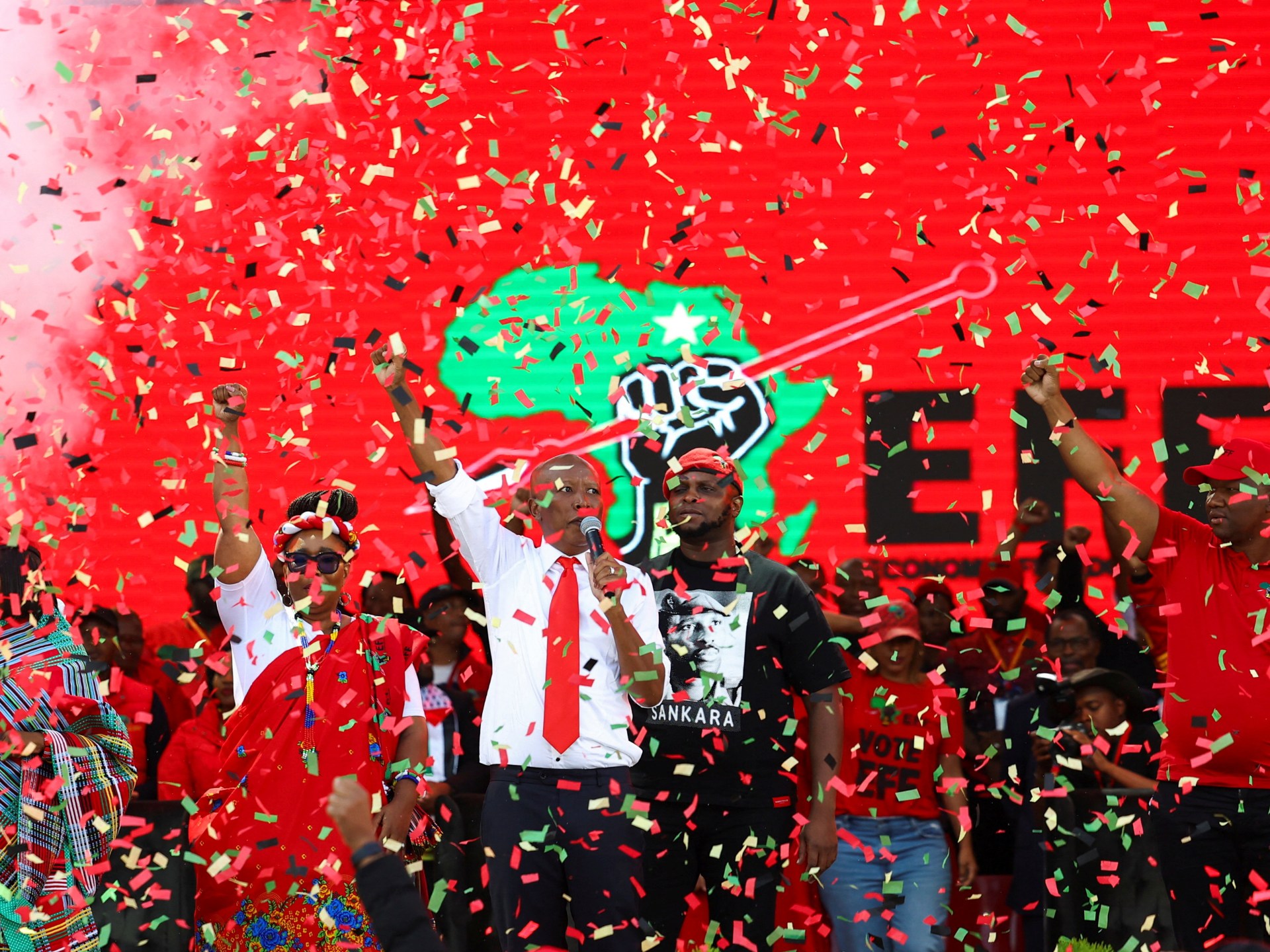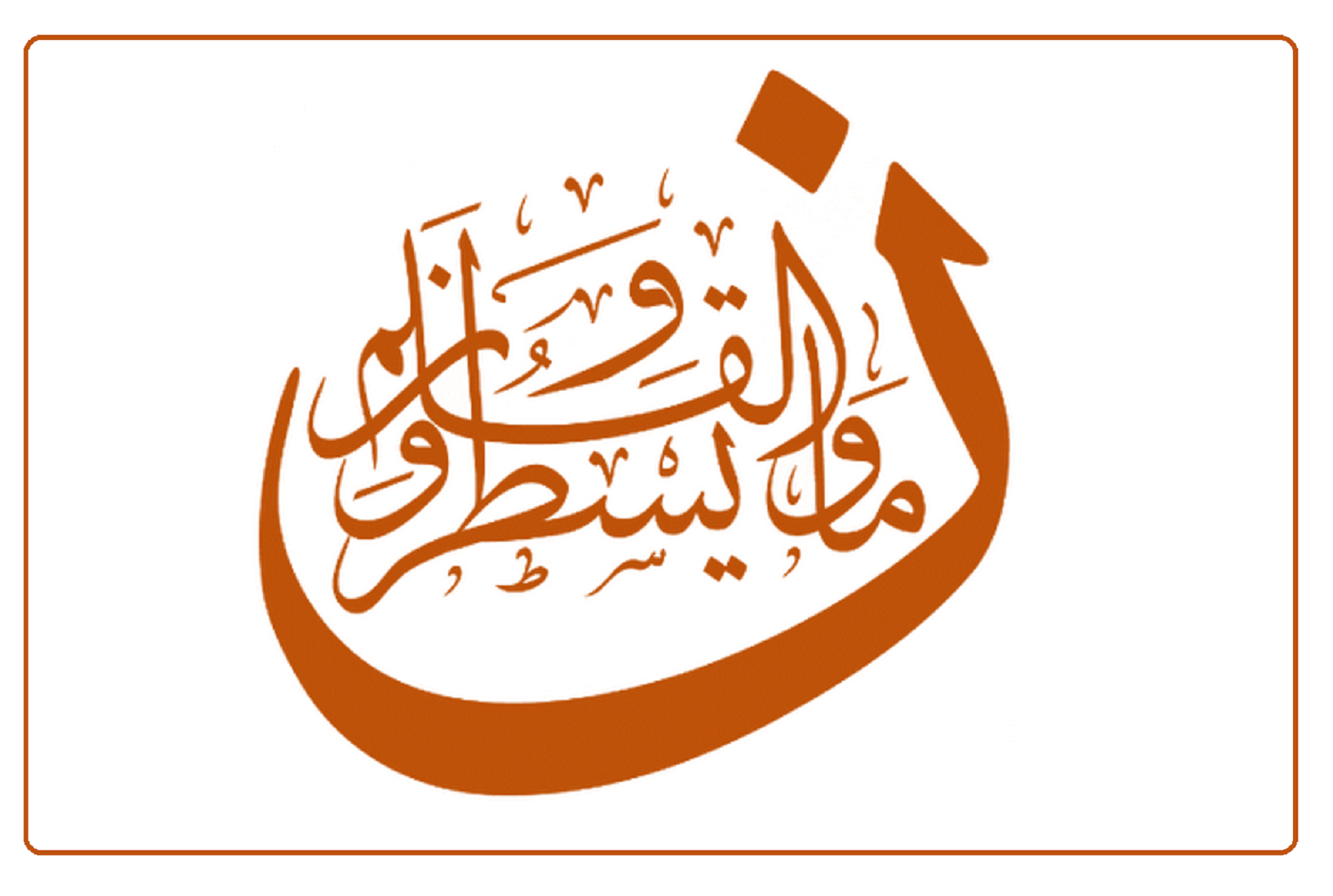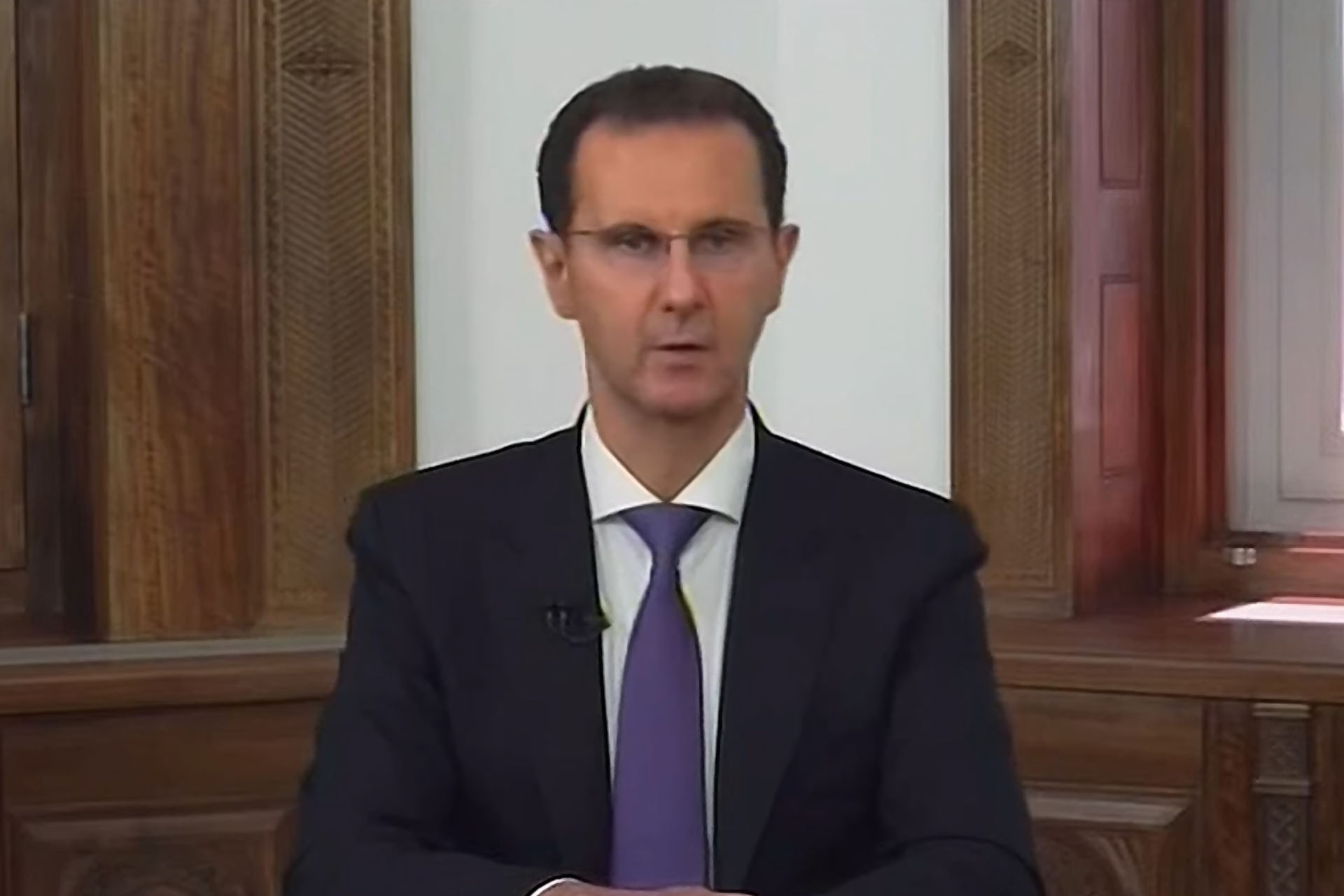After 77 Years: A Journey Through the Subcontinent
After 77 long years since the partition of Pakistan from the Indian subcontinent, and after three devastating wars between the two nations, India and Pakistan have yet to find internal peace. Pakistan, initially established as a homeland for Indian Muslims, has witnessed numerous terror attacks and sectarian violence in recent years. India, predominantly Hindu with approximately 200 million Muslims whose ancestors refused to leave their homeland for Pakistan, has been experiencing the rise of extreme “nationalism” that oppresses Muslims and calls for the revocation of the country’s secular nature, advocating instead for India to become a “Hindu nation.”
Tensions between the neighboring countries persist, with mutual accusations and distrust adversely affecting the sentiments of citizens on both sides of the border. These striking similarities prompted Pakistani filmmaker Sabiha Sumar, a 56-year-old Cambridge University graduate, to embark on an extensive journey through India and Pakistan, delving into the underlying contradictions, observing, analyzing, and questioning the future through interviews with individuals from all walks of life – from government officials to ordinary villagers.
Division and Misrule
The result is the remarkable documentary “Azmaish: A Journey Through the Subcontinent,” which premiered at the 2017 London Film Festival. “Azmaish” translates to “trial” in Urdu. Director Sabiha Sumar sought to find answers to her own questions by speaking with ordinary people about the nature of the relationship between the two nuclear-armed nations, and why and how secularism and openness towards others are giving way to religious and nationalist extremism in both countries.
Why is it necessary to mix religion with politics today? Were the poor and marginalized given opportunities to have their voices heard through the “democratic” process and political participation over the decades of secular rule, as the pluralistic political system established after the British left India in 1947 (and later in Pakistan from the early 1970s) was supposed to allow?
Karachi: Pakistani Migrants from India
Sabiha Sumar was born in Karachi and is thus familiar with the Pakistani milieu. However, she also spent ten years of her life in India, where her father originally came from after Pakistan’s formation.
To counter the prevalent images in Western media about the supposed contrasts between the two nations and their people, who are essentially one and the same, she chose to frame her 85-minute documentary through direct commentary and frequent on-camera appearances, making planned visits to rural tribal areas of Sindh, Karachi, and Lahore in Pakistan, and to Haryana, Mumbai, and Delhi in India.
She engages in conversations with men, sharing meals with them, and poses tough questions to powerful leaders without hesitation or fear, as seen in her interview with a Pakistani parliamentarian who is also a prominent tribal chief in his region and a major landowner, possessing thousands of acres and a complex of lavish palaces, which she films before asking him about it. He responds without elaborating on how he acquired such wealth, stating that his father built them and that he enjoyed a life of luxury. He even takes her to show off his father’s collection of cars, a fleet of twenty high-end vehicles, including custom-made Rolls-Royces.
She has a knack for conversing with him without provoking him. For instance, she avoids asking how such opulence exists in an impoverished area but instead inquires about the people and why they continue to re-elect him to parliament. He explains that people in the region respect his family, that they provide protection, and that he makes an effort to visit them personally. He assures her that his family keeps the area free of tribal conflicts.
When she asks him about women and why she doesn’t see any in the palace, he informs her that the women of the tribe do not reside in these palaces but in a separate designated location. Regarding the family’s involvement in politics, he claims that they came to the area in 1947 and reclaimed the land, and that his family’s elders were among the signatories of the country’s first constitution. He adds that women have no political role.
Zia-ul-Haq: National Hero and Afghan Ally
Regarding the country’s terrorism problem, he suggests that it began during Zia-ul-Haq’s regime, when Pakistan allied with the Americans to fight the Soviets in Afghanistan. This led to an influx of fighters, money, and weapons into Pakistan, and the Taliban fighters later became heroes in the eyes of the people. He attributes the failure of democracy to deliver on the dreams of Pakistanis to a lack of justice, and Sumar agrees, adding that there is no genuine freedom in the country. However, Sumar does not delve into the issue of class disparities, which he embodies more than most.
In a remarkable scene, the leader emerges from his car amidst tens of thousands of people gathered in the town’s central square, chanting slogans and showering his car with flowers. He ascends a balcony overlooking the square and delivers a speech that is met with enthusiastic cheers from the crowd. When she approaches some of them to ask about their connection to this powerful leader, they speak of him with a sense of awe, attributing supernatural abilities to him.
He epitomizes the power of money in politics. Simultaneously, he represents the dominance of feudalism and tribal values in political life. He explains that in the event of disputes, they resort to “open court,” customary solutions that operate outside the country’s legal framework.
The prevalence of violence, he argues, is a clear indication of the state’s loss of control. He asks indignantly, “Are those who bomb mosques Muslims?” He concludes that they must be foreign agents.
During a hunting trip with the leader, we see him shoot and kill a young gazelle, which falls to the ground covered in blood. His guards carry it to the car as a special catch. It is a brutal scene, but it serves as a fitting conclusion to this segment of the film, which aims to depict the harsh reality faced by ordinary people.
Sumar reminisces about her happy childhood with her affluent middle-class family through numerous cinematic shots of her as a child during her first visit to India. We see her in the car with her father, and clips of famous Indian temples and monuments. The film contains many personal sequences where she revisits the past, especially when she goes to Karachi to compare yesterday’s society with today’s.
Britain: The Cause of Partition
Sumar explains the partition, stating that the British wanted Indian Muslims to remain part of India, but her father and other leaders wanted Indian Muslims to enjoy the same rights as Hindus. Despite Nehru’s promise to do so, equality was not achieved in reality.
Sumar wonders what her father would say today, as India witnesses a dramatic shift towards the rise of the Hindu nationalist party, which calls for India to be exclusively for Hindus, abandoning secularism and embracing religious identity. Hindu nationalists, as seen in the film, demand that the tricolored flag representing Hindus and other minorities be replaced with the orange color symbolizing Hindus, and they have made it their rallying symbol.
She captures the fervor of this national obsession through footage of parades and rallies, and the slogans and banners held by radical Hindu nationalists. She engages in conversations with many members of this movement, including former leftists and liberals who see no contradiction between achieving industrial, scientific, and technological progress while transforming India into a society exclusively for Hindus. One interviewee even claims that there would be no conflict between Hindus and Muslims over religious differences if Muslim Indians returned to Hinduism (since they were originally Hindus who converted to Islam, why not come back to us?)!
In India, which Sumar left in 2008 after a decade-long stay and now returns to, she seeks to understand how free-market economics and a religious revival can coexist. She needs a guide and companion for her journey of exploration, so she calls upon her friend, Bollywood actress Kalki Koechlin (who is half French and half Indian), to accompany her on her travels and visits to various cities, even filming some of their discussions with two other friends while dining.
Pakistan: Simplicity and Piety
In the third part of the film, Sumar revisits Pakistan with Kalki to connect with ordinary people in rural areas where conservative religious values prevail. In these areas, the primary concerns of the people are unemployment, poverty, lack of schools for their children, and absence of hospitals for medical care. The film focuses on the idea of an environment conducive to extremism.
The picture gradually emerges during the extensive journey. The film is essentially an exciting expedition that alternates between the countryside and the city, using various modes of transportation like cars and trains. The camera zooms in on faces, seeking to penetrate their depths. The film captures a certain spontaneity in its filming, even showing a village group chasing away the director when she insists on speaking to women and objects to their being prevented from appearing, claiming that it is dictated by tradition.
It is a bold, courageous work that embodies a personal preoccupation, skillfully blended with the public issue that captivates the



